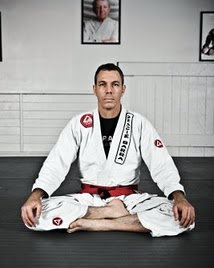What is Brazilian Jiu-Jitsu?
- BJJ focuses primarily on grappling, both on the ground and standing up. Most physical confrontations occur at such a close range that the attacker and would-be victim ultimately become entangled in a clinch-type position, and face a high probability of falling to the ground. Grappling, both standing and on the ground, is the primary strength of the BJJ practitioner.
- BJJ makes effective use of techniques that use leverage rather than strength to attack the weak areas of an opponent. These techniques include various forms of joint locks applied to shoulder, elbow, wrist, ankle, and knees. The BJJ student is also taught various choking techniques that can render even very powerful attackers harmless or even unconscious.
- The biggest strength of this style is the practitioner can make a choice as to how much force to apply in order to end a confrontation. This has the benefit of reducing the risk of lawsuits due to injuries that could be caused by striking alone.
Unlike other arts that proclaim their self-defense techniques are too “dangerous” to practice in a realistic manner, the art of BJJ is safely practiced, and has been for decades, against fully resisting opponents through “randori”, or free training. This gives the BJJ practitioner a very high degree of confidence in their technique because if it works in a training situation then it will most likely work in a real-life scenario.
The History of Brazilian Jiu-Jitsu


The History of Gracie Barra

Lineage
